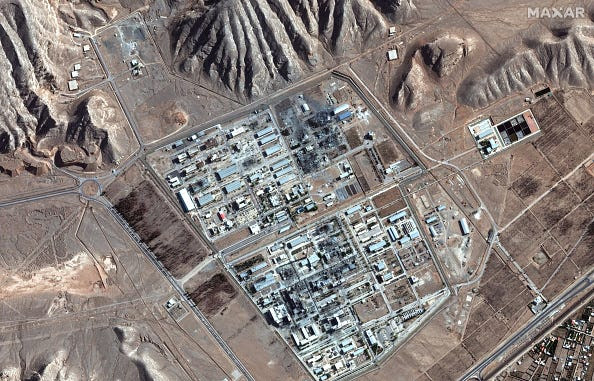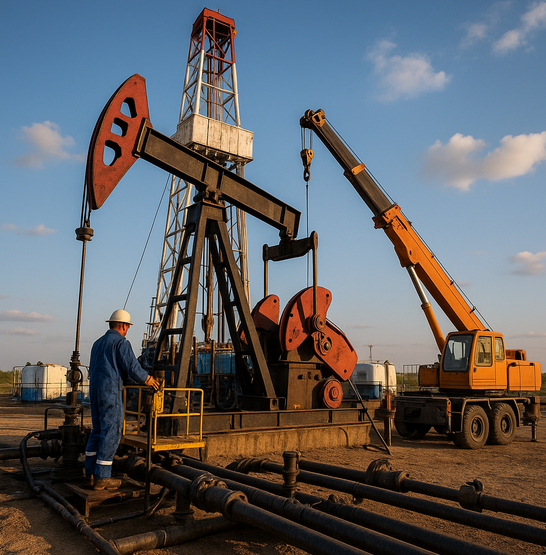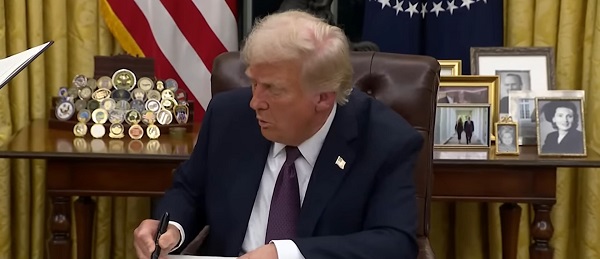Business
Backlash To Woke Corporations

Kid Rock blasts case of bud light
From the Daily Caller News Foundation
It was a warning shot that went unheeded, and now it is costing major corporations dearly. Following a last year’s Supreme Court decision on affirmative action in higher education, 13 Republican state attorneys general fired off a letter to Fortune 100 companies questioning their similar corporate policies. Now, many companies wish they had paid closer attention.
In the past few months, conservative activist Robby Starbuck’s social media campaign has swept through major corporations wreaking so much havoc that companies have begun folding to his demands before they are even targeted. The result? Damaged market capitalizations, tarnished reputations, and ire and frustration from consumers and activists on both the Left and Right. Welcome to the latest manifestation of our post-Bud Light era in which every company remains a Target.

Starbucks’ campaign and the attorneys general’s scrutiny that preceded it are part of the growing right-wing backlash to corporate America’s post-George Floyd embrace of Diversity, Equity, and Inclusion (DEI) practices. It is just one area in which companies are finding it hard to avoid political pressures in today’s stakeholder economy. Here’s what public affairs professionals need to know to help their companies navigate the increasingly heated culture wars of our tribal era.
The Summer DEI Turned Ugly
Leading this charge is conservative activist Robby Starbuck, whose campaigns against corporate DEI efforts have forced several major companies to quietly retreat. He led a full-blown digital assault against Harley-Davidson, leveraging his social media reach to accuse the company of straying from its core, blue-collar values. Harley-Davidson caved, dialing back its diversity programs. Next in line was John Deere, the agricultural giant known for embodying rural America. Starbuck’s campaign amassed millions of views, and the company retreated on its DEI initiatives. Seeing the wreckage, Molson Coors, Ford, and Lowe’s preemptively reduced their diversity efforts to avoid Starbuck’s crosshairs.
These aren’t isolated incidents. What started as a weak signal—the occasional conservative critique—has now turned into a full-fledged backlash. Tractor Supply, for instance, initially embraced DEI as part of a broader modernization strategy, but scaled back its efforts after being targeted by one of Starbuck’s campaigns. The retreat wasn’t driven by internal concerns over DEI’s effectiveness but by external pressures. Starbuck’s use of social media, dripping out just enough content over time to keep the pressure rising, has been a devastatingly effective strategy leaving companies from every sector fearing that staying the DEI course could cost them dearly.
Companies’ Complicated Embrace of DEI
Companies first leaned into DEI as a response to a profound cultural shift. The killing of George Floyd galvanized a movement for racial justice, and businesses, driven by both moral imperatives and strategic necessity, integrated DEI into their operations. Companies like Harley-Davidson, Nike, and John Deere were among the most visible in championing these efforts, aligning their brands with social progress and gaining public praise in the process.
What many of these organizations failed to foresee was the emergence of a powerful counter-narrative. On the surface, DEI seemed apolitical — focused on long-overdue fairness, inclusion, and representation. However, to conservative critics like Robby Starbuck, these initiatives represented a broader ideological shift that encroached on corporate neutrality. Companies that embraced DEI became vulnerable to accusations of wading too far into progressive politics, opening themselves to opposing pressure campaigns that can significantly damage their reputations and business models.
As we’ve pointed out before, DEI efforts are too often shaped and driven by a broader progressive agenda that itself is not always that inclusive. Plus, for many companies, the embrace of DEI has been more rhetoric than results, with little real progress towards stated goals of elevating under-represented populations in company ranks – particularly at higher levels. That’s left companies stuck between unsatisfied progressives and angry conservatives.
In Politics, Every Action Has An Unequal And Opposite Reaction
Starbuck’s playbook reveals a deeper truth about today’s political dynamics. DEI, which quickly became viewed as a corporate best practice, is now seen by many on the right as synonymous with “wokeness” — a label that carries significant risks in today’s polarized environment. What some companies initially saw as distant concerns have turned into high-pressure reputational crises and many prominent libertarian and conservative voices in the business world are now pushing companies to embrace an alternative: Merit, Excellence, and Intelligence (MEI).
This new reality brings significant legal implications, with lawsuits alleging reverse discrimination on the rise and politicians pushing legislative and enforcement actions. Florida Gov. Ron DeSantis spearheaded efforts to dismantle DEI with the “Stop WOKE Act” in 2022, which restricted how race and gender topics are taught in schools and workplaces. In 2023, he expanded these efforts by defunding DEI programs in higher education, labeling them as political indoctrination. His actions set a precedent for other Republican governors, with states like Texas, North Dakota, and North Carolina advancing similar policies.
In many ways, DEI has become a proxy for larger ideological battles, and companies are increasingly caught in the crossfire. As Starbuck’s campaigns continue to gain traction, businesses that once felt pressure to do more on a range of social issues from the left are now feeling the same sort or pressure from the right — and not all of them understand how they got here or what it means as our cultural warfare continues.
Navigating The Tribal Divide
As the stories of Harley-Davidson, John Deere, and Tractor Supply illustrate, the decision to step back from DEI initiatives isn’t always about rejecting diversity itself but about managing the complex realities of political and reputational risk. Even firms like Nike, a well-known and ardent supporter of progressive social causes, has tempered its public messaging in recent months.
The DEI blowback we’re witnessing today is a reflection of deeper societal divisions, ones that are now playing out across corporate America. Public affairs professionals need to understand this battle isn’t just about DEI—it’s about the role activists and politicians on both sides of the divide expect businesses to play in shaping cultural narratives.
In this new era, companies must navigate an ever-shifting landscape where political and cultural allegiances can determine success or failure. For those in government relations and public affairs, staying attuned to these tribal dynamics will be critical in helping organizations anticipate and manage the next wave of blowback—or hopefully avoid it all together.
Jeff Berkowitz is the founder and CEO of Delve, a competitive intelligence and risk advisory firm.
Business
Trump confirms 35% tariff on Canada, warns more could come

Quick Hit:
President Trump on Thursday confirmed a sweeping new 35% tariff on Canadian imports starting August 1, citing Canada’s failure to curb fentanyl trafficking and retaliatory trade actions.
Key Details:
- In a letter to Canadian Prime Minister Mark Carney, Trump said the new 35% levy is in response to Canada’s “financial retaliation” and its inability to stop fentanyl from reaching the U.S.
- Trump emphasized that Canadian businesses that relocate manufacturing to the U.S. will be exempt and promised expedited approvals for such moves.
- The administration has already notified 23 countries of impending tariffs following the expiration of a 90-day negotiation window under Trump’s “Liberation Day” trade policy.
Diving Deeper:
President Trump escalated his tariff strategy on Thursday, formally announcing a 35% duty on all Canadian imports effective August 1. The move follows what Trump described as a breakdown in trade cooperation and a failure by Canada to address its role in the U.S. fentanyl crisis.
“It is a Great Honor for me to send you this letter in that it demonstrates the strength and commitment of our Trading Relationship,” Trump wrote to Prime Minister Mark Carney. He added that the tariff response comes after Canada “financially retaliated” against the U.S. rather than working to resolve the flow of fentanyl across the northern border.
Trump’s letter made clear the tariff will apply broadly, separate from any existing sector-specific levies, and included a warning that “goods transshipped to evade this higher Tariff will be subject to that higher Tariff.” The president also hinted that further retaliation from Canada could push rates even higher.
However, Trump left the door open for possible revisions. “If Canada works with me to stop the flow of Fentanyl, we will, perhaps, consider an adjustment to this letter,” he said, adding that tariffs “may be modified, upward or downward, depending on our relationship.”
Canadian companies that move operations to the U.S. would be exempt, Trump said, noting his administration “will do everything possible to get approvals quickly, professionally, and routinely — In other words, in a matter of weeks.”
The U.S. traded over $762 billion in goods with Canada in 2024, with a trade deficit of $63.3 billion, a figure Trump called a “major threat” to both the economy and national security.
Speaking with NBC News on Thursday, Trump suggested even broader tariff hikes are coming, floating the idea of a 15% or 20% blanket rate on all imports. “We’re just going to say all of the remaining countries are going to pay,” he told Meet the Press moderator Kristen Welker, adding that “the tariffs have been very well-received” and noting that the stock market had hit new highs that day.
The Canadian announcement is part of a broader global tariff rollout. In recent days, Trump has notified at least 23 countries of new levies and revealed a separate 50% tariff on copper imports.
“Not everybody has to get a letter,” Trump said when asked if other leaders would be formally notified. “You know that. We’re just setting our tariffs.”
Business
Trump slaps Brazil with tariffs over social media censorship
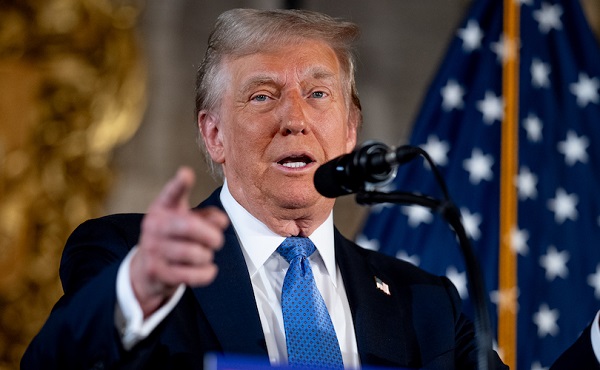
From LifeSiteNews
By Dan Frieth
In his letter dated July 9, 2025, addressed to President Luiz Inácio Lula da Silva, Trump ties new U.S. trade measures directly to Brazilian censorship.
U.S. President Donald Trump has launched a fierce rebuke of Brazil’s moves to silence American-run social media platforms, particularly Rumble and X.
In his letter dated July 9, 2025, addressed to President Luiz Inácio Lula da Silva, Trump ties new U.S. trade measures directly to Brazilian censorship.
He calls attention to “SECRET and UNLAWFUL Censorship Orders to U.S. Social Media platforms,” pointing out that Brazil’s Supreme Court has been “threatening them with Millions of Dollars in Fines and Eviction from the Brazilian Social Media market.”


Trump warns that these actions are “due in part to Brazil’s insidious attacks on Free Elections, and the fundamental Free Speech Rights of Americans,” and states: “starting on August 1, 2025, we will charge Brazil a Tariff of 50% on any and all Brazilian products sent into the United States, separate from all Sectoral Tariffs.” He also adds that “Goods transshipped to evade this 50% Tariff will be subject to that higher Tariff.”
Brazil’s crackdown has targeted Rumble after it refused to comply with orders to block the account of Allan dos Santos, a Brazilian streamer living in the United States.
On February 21, 2025, Justice Alexandre de Moraes ordered Rumble’s suspension for non‑compliance, saying it failed “to comply with court orders.”
Earlier, from August to October 2024, Moraes had similarly ordered a nationwide block on X.
The court directed ISPs to suspend access and imposed fines after the platform refused to designate a legal representative and remove certain accounts.
Elon Musk responded: “Free speech is the bedrock of democracy and an unelected pseudo‑judge in Brazil is destroying it for political purposes.”
By linking censorship actions, particularly those targeting Rumble and X, to U.S. trade policy, Trump’s letter asserts that Brazil’s judiciary has moved into the arena of foreign policy and economic consequences.
The tariffs, he makes clear, are meant, at least in part, as a response to Brazil’s suppression of American free speech.
Trump’s decision to impose tariffs on Brazil for censoring American platforms may also serve as a clear signal to the European Union, which is advancing similar regulatory efforts under the guise of “disinformation” and “online safety.”
With the EU’s Digital Services Act and proposed “hate speech” legislation expanding government authority over content moderation, American companies face mounting pressure to comply with vague and sweeping takedown demands.
By framing censorship as a violation of U.S. free speech rights and linking it to trade consequences, Trump is effectively warning that any foreign attempt to suppress American voices or platforms could trigger similar economic retaliation.
Reprinted with permission from Reclaim The Net.
-

 Business2 days ago
Business2 days agoWEF-linked Linda Yaccarino to step down as CEO of X
-

 Automotive2 days ago
Automotive2 days agoAmerica’s EV Industry Must Now Compete On A Level Playing Field
-

 Business2 days ago
Business2 days ago‘Experts’ Warned Free Markets Would Ruin Argentina — Looks Like They Were Dead Wrong
-

 International2 days ago
International2 days agoSecret Service suspends six agents nearly a year after Trump assassination attempt
-

 Alberta1 day ago
Alberta1 day agoAlberta school boards required to meet new standards for school library materials with regard to sexual content
-

 Environment22 hours ago
Environment22 hours agoEPA releases report on chemtrails, climate manipulation
-
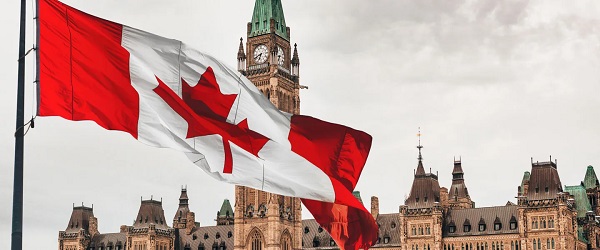
 Business1 day ago
Business1 day agoCarney government should recognize that private sector drives Canada’s economy
-

 Bruce Dowbiggin1 day ago
Bruce Dowbiggin1 day agoThe Covid 19 Disaster: When Do We Get The Apologies?


